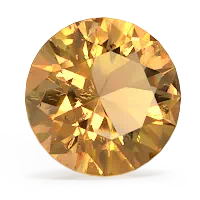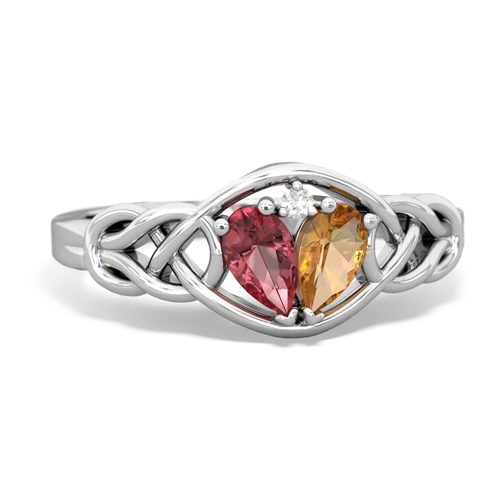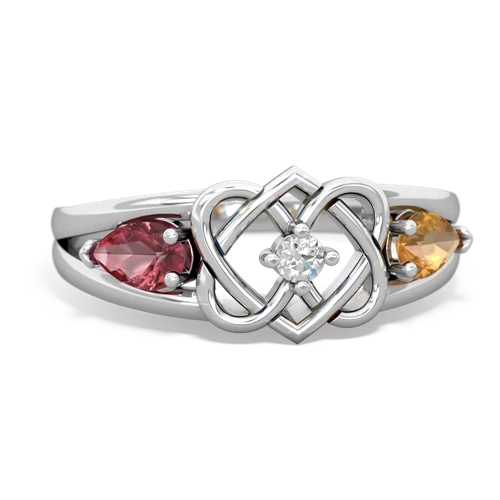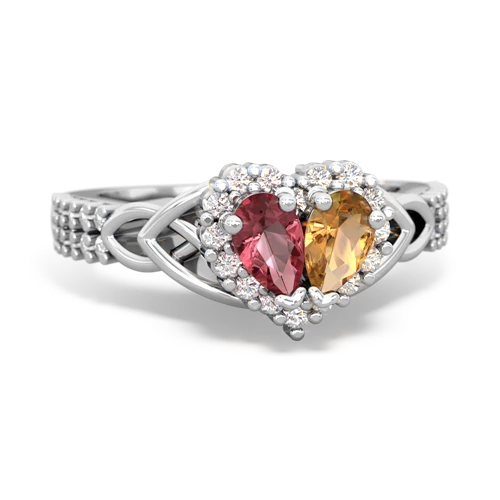

The celtic knot is an ancient symbol of the journey of life. With no beginning and no end, the knot represents the timeless nature of our spirits and the world we live in. A Pink Tourmaline celtic knot combines these concepts with the spiritual attributes of the Pink Tourmaline . Pink tourmaline is a birthstone of October, along with opal, and is a truly special gem. The deep rosy color of a pink tourmaline ring will be sure to attract attention. November's birthstone, citrine sparkles like honey. Carry the warmth and glow of a golden sunset with you by wearing a beautiful citrine ring.






